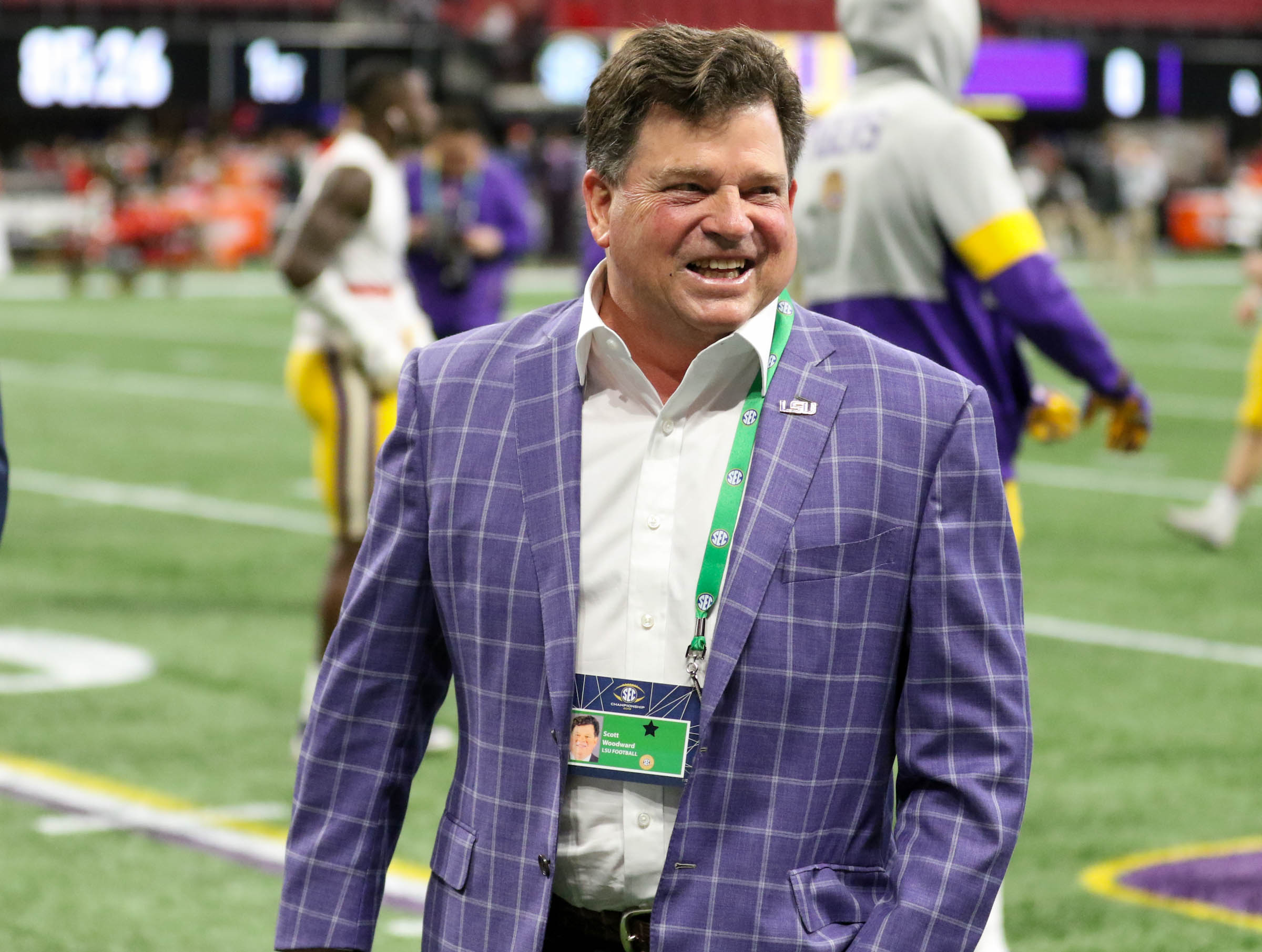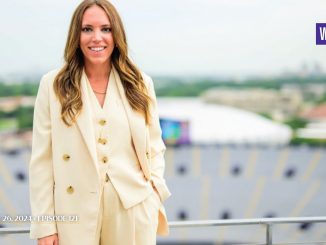
College sports leaders and lawyers are negotiating to reach a legal settlement in an antitrust lawsuit that would pave the way for revenue sharing with players, according to CBS Sports.
“The long-expected resolution of House v. NCAA has been a hot topic among collegiate leaders for months, hastened Monday when reports surfaced that a turning point had been reached in discussions among plaintiff attorneys, the NCAA and general counsels for the four power conferences. On Tuesday, the inevitable march toward the professionalization of college athletics presented more questions with no answers — and potentially an expedited timeline for conferences and universities to implement a new pay-for-play model, though that, too, is only a hypothetical,” the CBS Sports article reported on Wednesday.
The lawsuit seeks back-pay for athletes and revenue sharing with players, potentially amounting to billions of dollars. The financial implications for schools, including the allocation of funds for back-pay and annual revenue sharing, as well as the potential implementation of a salary cap, are reportedly all current points being discussed in the negotiations.
House vs. NCAA Implications
With negotiations underway to reach a legal settlement in the antitrust lawsuit House v. NCAA, which would lead to revenue sharing with players, schools are bracing and preparing rapid structural changes to their financials.
The NCAA and power conferences’ legal counsels have been in discussions with plaintiff attorneys to settle the lawsuit and avoid going to court. The settlement could cost conferences and individual schools more than $1 billion in back-pay to athletes for the four years before the NCAA enacted NIL regulations in 2021.
Schools are preparing for a new annual line item of revenue-sharing for players, which could range from $15 million to $25 million. The Collective Association has proposed a revenue-sharing model that outlines a 20% share of media revenue, to be distributed by NIL collectives.
Administrators expect a salary cap to be attached to the annual revenue shares, similar to professional sports. The inclusion of NIL collectives in the revenue-sharing model could lighten the financial burden on athletic departments, but if not, programs with wealthy boosters may provide additional pay on top of the players’ revenue shares.
Title IX implications complicate the potential settlement, as it seems unlikely that athletes in non-revenue sports will receive equal pay compared to football and men’s basketball players. This could result in non-revenue sports being negatively affected.
Several organizations, such as Athletes.org, have laid the foundation to be the central entity in collective bargaining on behalf of players. These organizations aim to establish a revenue-sharing model and collective bargaining by July 1, 2025. The National Labor Relations Board is set to hear pending cases that athletes are employees and have the right to form unions. The NCAA maintains that players are not employees. Congressional involvement is hoped for to provide additional guidelines and protection.
A settlement in House v. NCAA is likely due to several factors:
- “Deep discussions” between the NCAA, power conferences’ legal counsels, and plaintiff attorneys: The NCAA and power conferences have been engaged in extensive discussions with the plaintiff attorneys in recent months to settle the primary lawsuit, House v. NCAA. These discussions indicate a willingness to reach a resolution outside of court.
- Avoiding potential court rulings and triple damages: If the case were to go to court and the NCAA were to lose, courts typically triple damages favoring plaintiffs. In this case, plaintiffs are seeking more than $1 billion in back-pay to athletes for the four years before the NCAA enacted NIL regulations in 2021. This amounts to more than $4.2 billion in potential damages if the NCAA were to lose in court. To avoid such significant financial implications, a settlement may be preferred.
- Hefty financial burden on conferences and schools: In addition to potential back-pay, schools are preparing for a new annual line item of revenue-sharing for players, which could range from $15 million to $25 million. This financial commitment, along with the potential for triple damages, could be a motivating factor for the NCAA and power conferences to seek a settlement.
- Uncertainty and lack of clarity: The athletic directors leading multi-million dollar athletic endeavors express exasperation due to the lack of clarity surrounding potential guidelines for distributing the settlement monies. Questions remain about who would receive the funds, whether it would be all student-athletes or just revenue-generating sports, and how the distribution would be determined. A settlement would provide an opportunity to address these uncertainties and establish guidelines for revenue sharing.
- Based on these factors, a settlement in House v. NCAA is likely seen as a way to avoid the potential financial risks and uncertainties associated with a court ruling, while also providing an opportunity to establish guidelines for revenue sharing.
What are the financial implications for the schools in terms of revenue sharing with the players?
The financial implications for schools in terms of revenue sharing with players can be significant. Here are some key points:
- Back-pay to athletes: As part of the potential settlement in House v. NCAA, plaintiffs are seeking more than $1 billion in back-pay to athletes for the four years before the NCAA enacted NIL regulations in 2021. If a settlement is reached, schools would be responsible for paying this back-pay, which could have a substantial impact on their financial books.
- New annual line item in athletic department operating budgets: In addition to back-pay, schools are preparing for a new annual line item of revenue-sharing for players. Estimates from several athletic directors suggest that this could range from $15 million to $25 million per year. This means that schools would need to allocate a significant portion of their revenue to share with players, which could impact their overall budgets and financial stability.
- Revenue-sharing model: The Collective Association, representing 35 NIL collectives, has proposed a revenue-sharing model that outlines a 20% share of media revenue to be distributed by the NIL collectives. If this model is adopted, schools would need to allocate a portion of their media revenue to be shared with players, further impacting their financial resources.
- Salary cap implications: Administrators expect a salary cap to be attached to the annual revenue shares, similar to professional sports. This means that schools would need to adhere to a set limit on the amount they can pay players, which could further impact their financial planning and ability to allocate funds to other areas of their athletic departments.
- Title IX considerations: Title IX, which prohibits sex discrimination in education, could complicate the revenue-sharing model. It seems unlikely that athletes in non-revenue sports would receive equal pay compared to football and men’s basketball players, as these sports generate significantly more revenue. This could result in financial challenges for schools in terms of ensuring compliance with Title IX while implementing revenue sharing.
Overall, the financial implications of revenue sharing with players will likely be substantial for schools, requiring them to allocate significant funds for back-pay, annual revenue sharing, and potentially adhere to a salary cap. These financial commitments will require schools to reassess their budgets and potentially make adjustments in other areas to accommodate the new financial obligations.




Be the first to comment